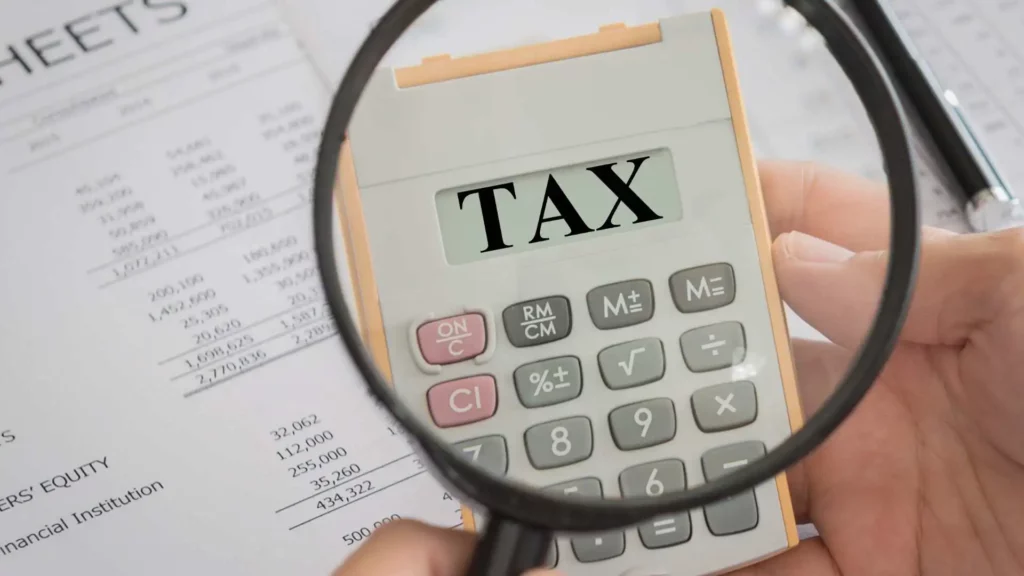W2 Form is one of the most important forms that all employees receive at the time of filing their annual tax returns. It contains all the relevant information that affects an employee’s tax liability status. Therefore, employees need to get this form from their employer to prepare their tax returns.
Here is a breakdown of what a W-2 form is and how it works.
What is a W2 Form?
IRS Form W2, officially known as the ‘Wage and Tax Statement’, is a document that reports an employee’s annual income in the previous year and how much tax their employer withheld. The form gives detailed information about the income and benefits they received during the tax year. It also includes their contribution to the retirement plan during the year, how much their employer paid for their health insurance, or what they received in dependent care benefits.
Depending on the total amount of taxes withheld from your paychecks, your total tax liability can be reduced significantly. If the total amount withheld from your paychecks is more than what you owe, you will get a tax refund. On the other hand, if your employer has not withheld adequate taxes, then you may owe the IRS.
How Do I Receive My Form W-2?
If you are an employee, you should be receiving a W-2 from every employer that paid you at least $600 during the year. If you have worked in multiple jobs during the year, you will enter each W-2 form separately. Freelancers or independent contract workers get 1099s from their clients, instead of W-2s.
The IRS requires employers to send their employees a copy of their W-2 form by January 31 or face penalties. Even if you have quit your job, your last employer can send you a W-2 by January 31 or earlier, in which case the employer has 30 days to provide it.
Also know about: I Haven’t Received My W2
What if I Don’t Receive My Form W-2 From My Employer?
It is mandatory for employers to provide W-2 copies to their workers by no later than January 31 each year as employees need it to file their tax return by the annual deadline, which is usually April 15. Employers must also send copies to the Social Security Administration (SSA) at the end of every tax year and the IRS.
That said, if you are an employee who has not received your W-2 form even by the first week of February, you must make sure to get a copy and file your return before the tax-filing deadline. Here’s what to do:
- Enquire with your human resources department or employer about why you did not get it. Usually, it is due to some minor clerical error that can be fixed easily on intervention.
- Contact the IRS. If your employer is unable to help you, you can request for your wage and income transcript from the IRS by using the IRS Get Transcript tool or calling 800-908-9946.
- Apply for an extension. If the tax filing deadline is getting close and you still don’t have your W-2 form in hand, think about filing for an extension of the deadline.
- If you are unable to file an extension or get a copy of your W-2 in time, estimate your income and withholdings using Form 4852 to file your tax return on time. You can amend the return once you receive the proper information.
Also know about: How to File Last Minute Taxes in States With July 31 Deadline
What to Do if Your W-2 Has Errors
If your employer has made an error in filing your W-2, point out the errors and ask for a corrected W-2. Pointing out the mistake and waiting for a new W-2 will cost you time, but your employer is liable to be fined by the IRS if the error involves a ‘significant item’ in your information.
Now that you know everything you needed to know about W-2, we hope it will help you file your tax return correctly and on time!
File your taxes with Beem. Estimate your Federal and State taxes with Beem’s Free Tax Calculator. Enjoy hassle-free tax filing with our 100% accuracy and get the maximum refund. Get started now.






























